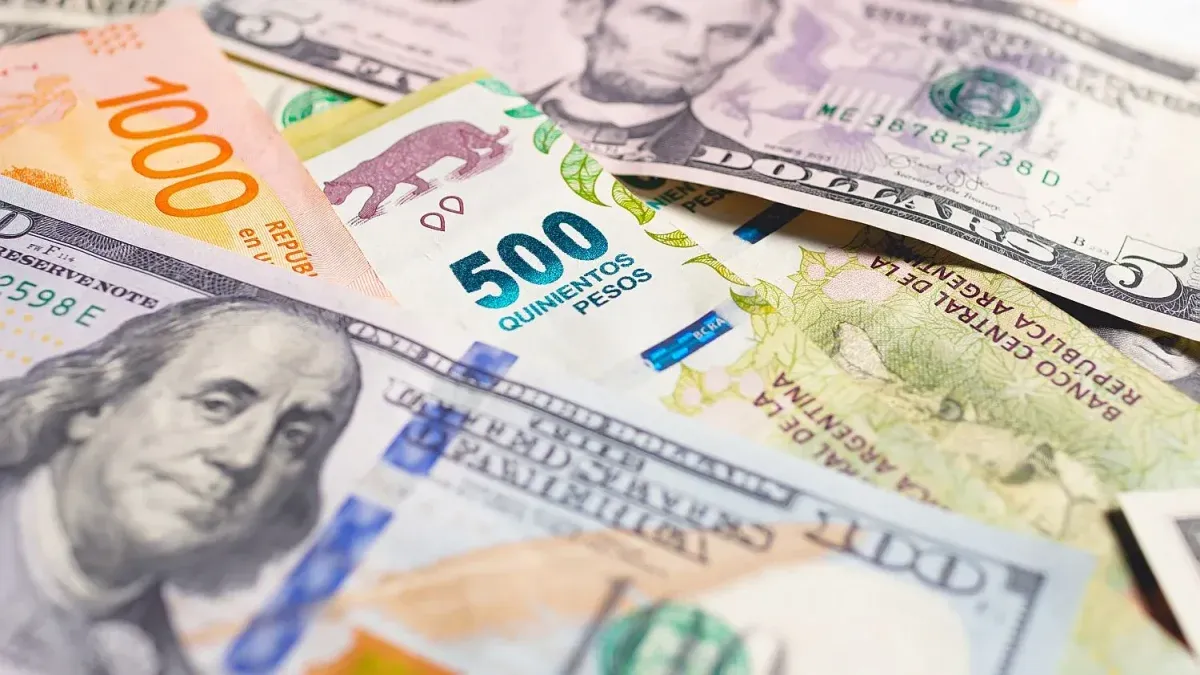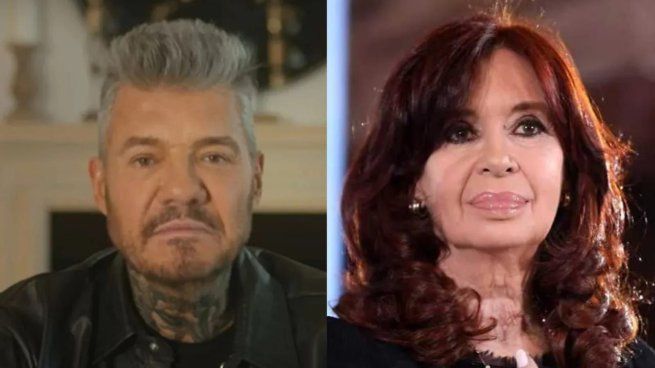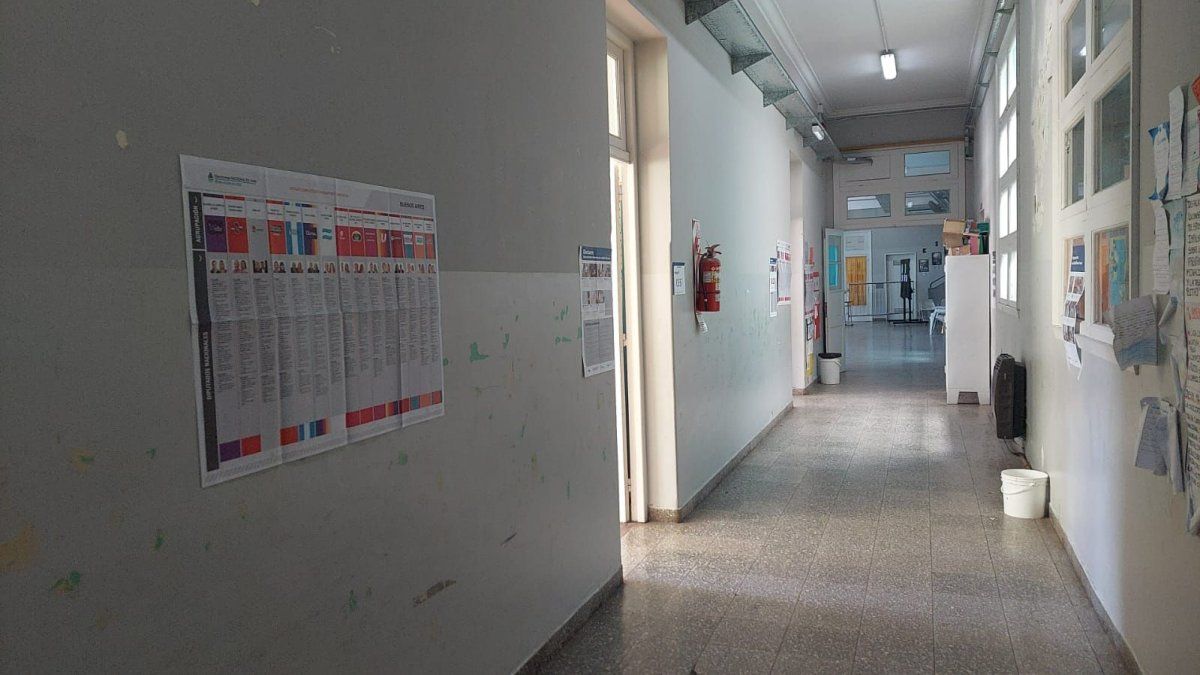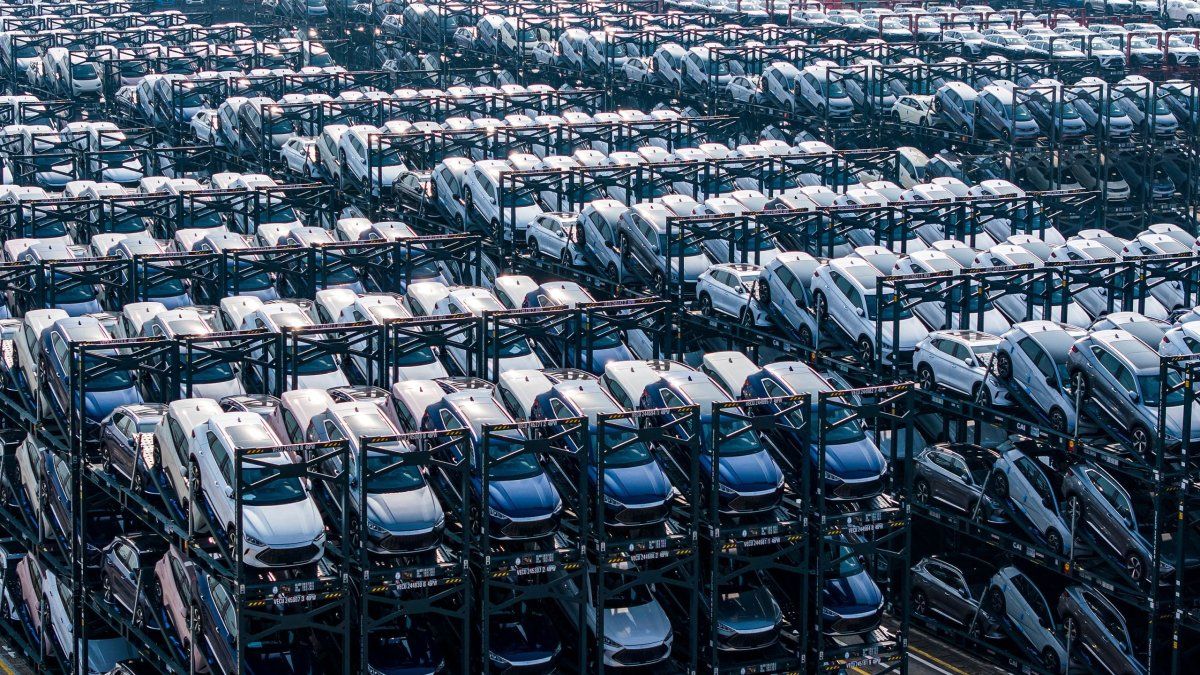In Argentina, During April, 1 million money transfer operations in foreign currency were carried out. The figure appears in the latest retail payments report from the Central Bank (BCRA) and represents a total of US$1,589 million. The data specifies that the amount involved represents an increase of 117.6% compared to the same month last year and 95.2% of total operations in the currency of another country.
While the number of operations is equivalent to an increase of 193.1% compared to the same month in 2023, which indicates that the modality has almost doubled. The data was included in the latest report of the BCRA. Previously, only transfers were reported in pesos. Some assume that this decision of the highest monetary entity is about get the public used to the idea of circulation of two currencies.
It is worth remembering that, a couple of weeks ago, during the IAEF Annual Congress at the Convention Center of the City of Buenos Aires, the Minister of Economy, Luis Caputo, returned to the idea of currency competition. “It will be the next step”said the minister, who nevertheless confirmed that the government’s final objective is the dollarization of the economy.
What is the Government’s currency competition plan like?
But what is the program that the Government seeks to implement. You are thinking about a coin competition scheme Peruvian style. In Peru, it was launched through a constitutional reform that enabled the public to use soles and dollars interchangeably.
Historical data indicates that, at the beginning of the scheme, the economy of the neighboring country was dollarized by 80%. After that, as the program managed to stabilize prices, public demand for the local currency recovered.
Currently, in Peru, only 20% of the economy is dollarized and 80% in local currency. In general, the proportion that is in foreign currency is long-term savings.
The Economist Carlos Rodríguez, who initially advised Javier Milei, maintained at the time that currency competition schemes are not to dollarize, but to “pesify.” That is to say, whoever implements them does not do so thinking that it is a preliminary step for something else.
Coin competition, an idea proposed by Carlos Melconian
The “coin competition” was part of the economic program presented by Carlos Melconián as a candidate for Minister of Economy of Together for Change for the last electoral campaign. He raised a strong idea to counteract Javier Milei’s dollarization speech. With no amount of dollars in reserves to replace all pesos, the alternative of two currencies seems more practical and requires fewer laws.
The stock company BullMarket recently circulated a scheme that would make a currency competition possible in Argentina. In that framework, considers that the BCRA will maintain a fixed Monetary Base in Pesos equivalent to US$13,000 to US$15,000 million, with its balance sheet completely healthy. He also estimates that there must be between US$4,000 and US$5,000 million of reserves international.
BullMarket estimates that the BCRA It would have its own US$20,000 million to which it adds another US$10,000 million for reserve fungibility. If the August-December trade surplus of US$5 billion is added, the firepower reaches US$35 billion.
He also maintains that there must be specific modifications about the commercial code. The controversial thing is that the brokerage company led by the leader of Libertad Avanza Ramiro Marra considers that a law is not necessary to support this process. He estimates that only a few resolutions are required.
The BullMarket scheme considers that when people voluntarily exchange pesos for dollars, the Monetary Base would be converted to foreign currency by up to 50% in 90-120 days. The conversion exchange rate would be located today’s values between $880 and $1100.
Source: Ambito




